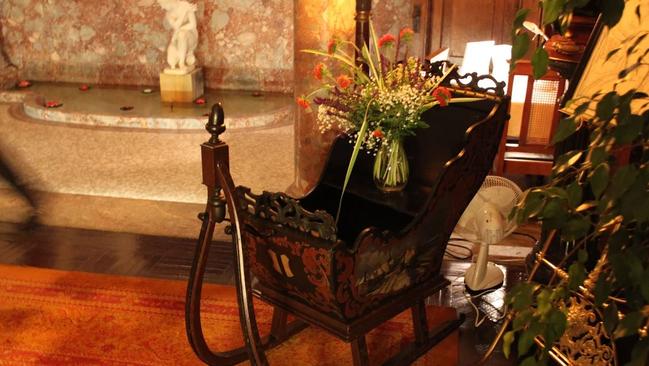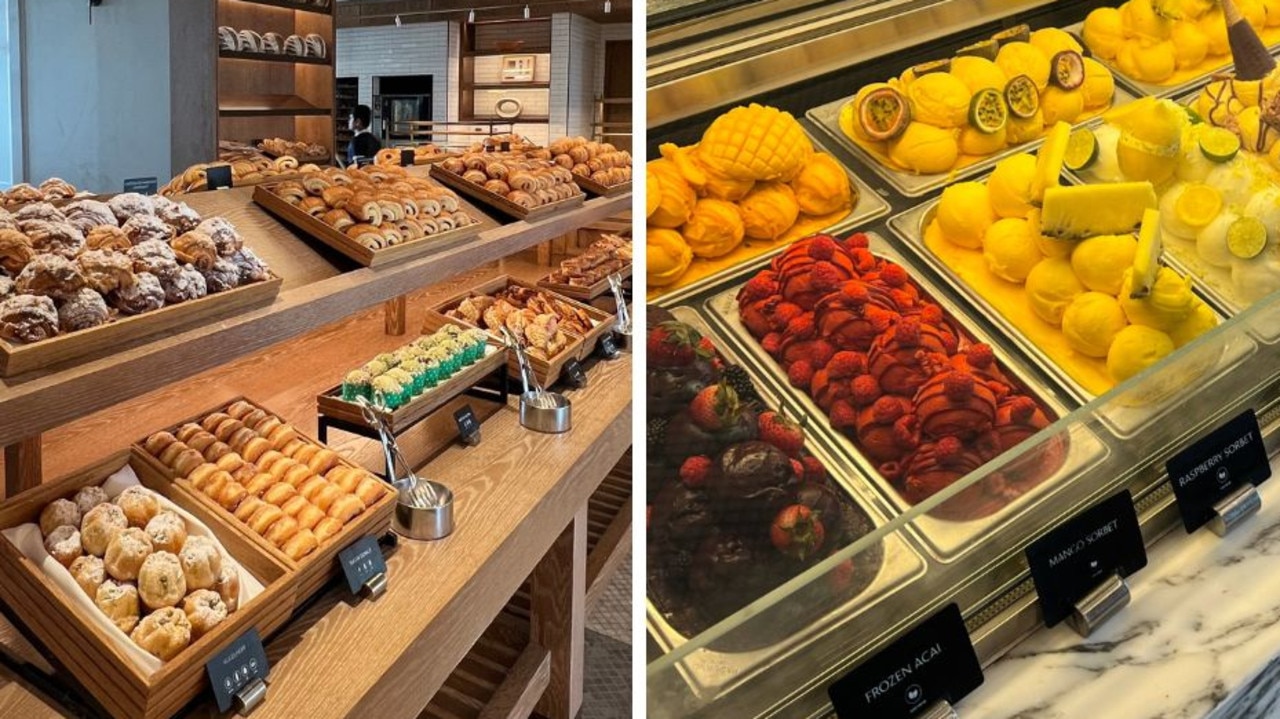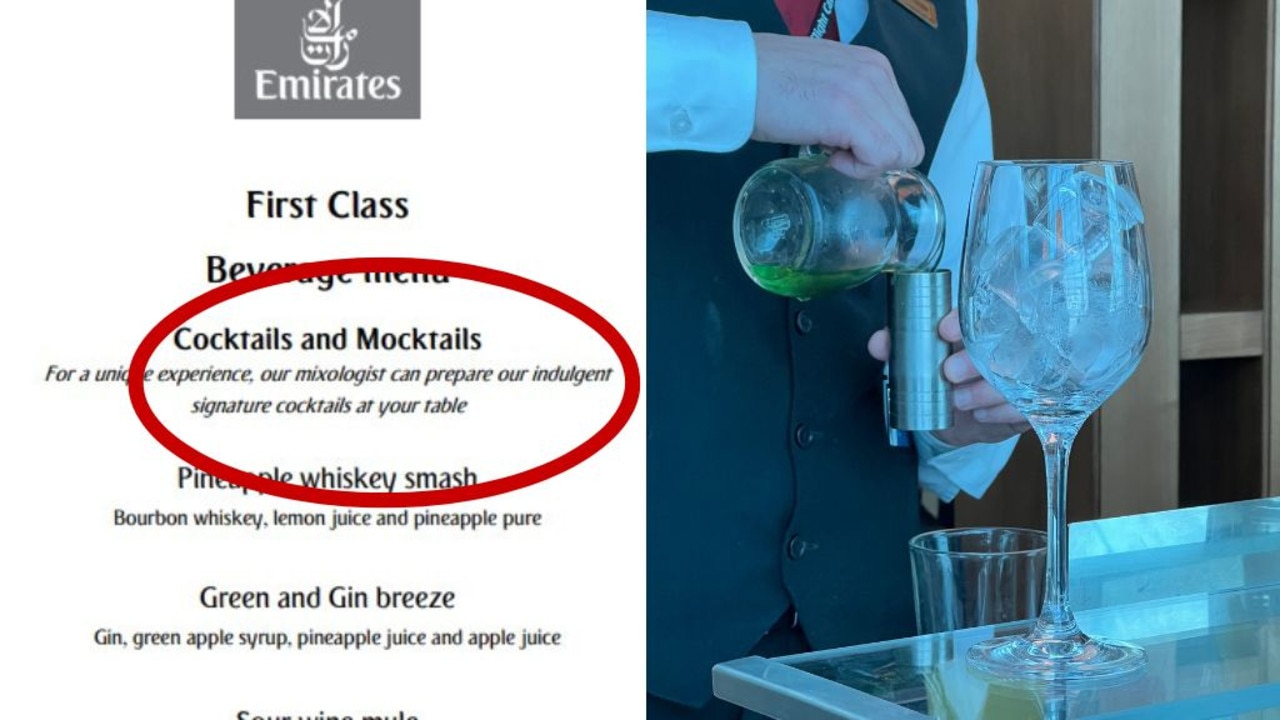Yaddo Estate: The arts colony that inspired Truman Capote and 6000 more
HUMAN tragedy, claims of ghostly apparitions and some of the world’s greatest creative works. This is the secluded compound where they all come together.
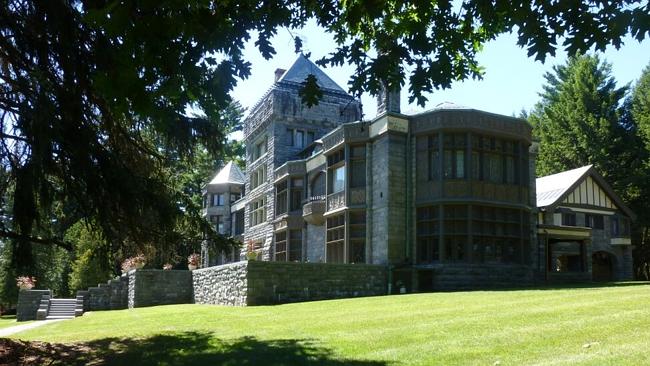
HUMAN tragedy, claims of ghostly apparitions, and some of the world’s greatest creative works have been born on this secluded 400-acre estate known simply as Yaddo.
It is where Truman Capote first learned of his future as a writer, where a troubled Sylvia Plath found peace on earth, and where the seeds of Mario Puzo’s Don Vito Corleone and Edgar Allan Poe’s The Raven were first planted.
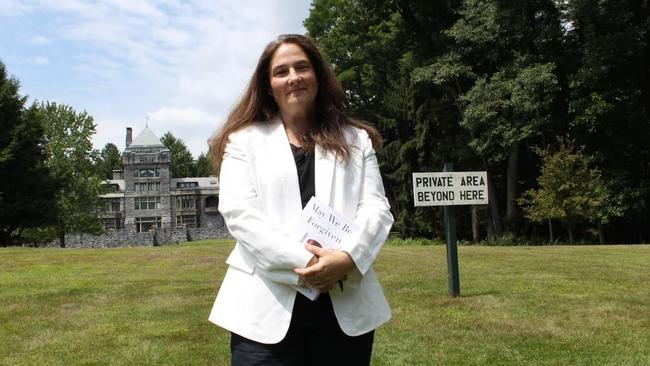
Yaddo is what happens when a group of creative people are turned loose inside of a secluded 19th century compound for months on end, with no questions asked.
“Without Yaddo I wouldn’t exist as a writer,” explained contemporary author Amy M Homes.
Since 1926, the arts colony has hosted more than 6,000 artists-in-residence at its sprawling estate, nestled in the woods adjacent to Saratoga Race Course, a three-hour drive north from New York City.
Collectively, the writers, musicians, and artists who have resided in its Victorian solitude, where creativity and mayhem meet, have won more than 70 Pulitzer Prizes.
“Sylvia Plath sat right here on this couch. And this is the room where Philip Roth wrote The Breast,” marvelled author Cheryl Lu-Lien Tan, who journeyed to Yaddo to try and unlock the mysteries of her Singaporean childhood.
“Using these things that people before me had used, and being in that environment every day, I had a lot to live up to,” she said, “to take yourself out of your own world and to see what comes out.”
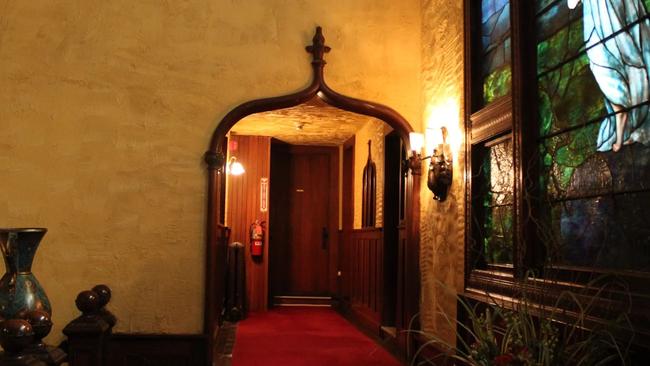
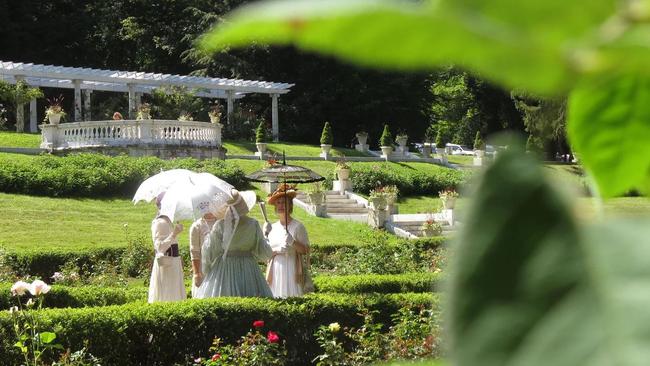


Truman Capote came as a 21-year-old aspiring writer in the summer of 1946. He lived on the top floor of the estate’s 55-room mansion where Tiffany stained-glass windows, rose-shaped lamps, and vintage oil paintings line the walls of the manor home.
“The wind blows eerily, doors creak, and the faint cheep of the bats cry in the towers above,” Capote wrote during his visit, before emerging weeks later with his debut novel, Other Voices, Other Rooms.
The mansion is the estate’s focal point. The grounds house several buildings where artists maintain private bedrooms and studios. Communal breakfasts and dinners are hosted in the medieval dining hall. Approximately 200 artists are granted free residency each year.
It was here William Carlos Williams, an American poet, completed his poem Paterson, and James T Farrell created the character Studs Lonigan; where Saul Bellow wrote Henderson The Rain King, James Baldwin produced Giovanni’s Room, and Mario Puzo worked on his Godfather saga.
During her 11-week residency in 1959, Plath scripted several poems and wrote she had never in her life felt so peaceful. Artists diverse as David Sedaris and Leonard Bernstein, Rick Moody, Laurie Anderson and Henri Cartier-Bresson have all worked here during the past century. Each has a different method of invoking the muse.


“The poet goes for a walk and has maybe seven glasses of wine and is kind of wandering around. The nonfiction or the fiction writer meanwhile hasn’t left his or her desk all day,” explained poet and nonfiction writer Eliza Griswold, standing next to a Steinway grand piano upon which Aaron Copland created compositions in the 1930s.
Stories of ghost sightings abound among some residents, undoubtedly fuelled by the knowledge of the tragic circumstances that have occurred in its history.
Yaddo founders Katrina and Spencer Trask suffered with the loss of all four children, each of whom died before reaching their teenage years. With no heir apparent, the couple bequeathed the lands for use by future artists — although Spencer Trask would be killed in a mysterious train crash before seeing the realisation of that dream.
In more earthly terms, the grounds have bore witness to their share of controversy, from rumours of illicit affairs and rowdy misbehaviours among some visiting artists, to an FBI raid of the estate in search of spies during America’s fear-driven paranoia of communism in the mid-20th century.
The land itself hearkens back to the late 1700s and early 1800s when a popular tavern on-site was frequented by literary men and scholars, former King of Spain Joseph Bonaparte, writer Washington Irving, and Edgar Allan Poe among them.
Poe’s visit, which is disputed in some historical circles, was said to have occurred in the early 1840s when the then-landowner’s son claimed to have met the poet as he wandered among the estate’s lower ponds, reciting the phrases of a work-in-progress led by a resounding “Nevermore!” that echoed across the thick woods.
Whether Poe’s visit is ultimately deemed historical fact or fable, the reality of Yaddo is that creative words to be shared with the world have risen from the landscape of this estate ever since.
